Home>Gardening & Outdoor>Outdoor Recreation & Activities>What Is A Ping Pong Table Made Of


Outdoor Recreation & Activities
What Is A Ping Pong Table Made Of
Published: January 20, 2024
Discover what ping pong tables are made of and how they contribute to outdoor recreation and activities. Explore the materials and construction for the best playing experience.
(Many of the links in this article redirect to a specific reviewed product. Your purchase of these products through affiliate links helps to generate commission for Storables.com, at no extra cost. Learn more)
Introduction
When it comes to the game of ping pong, the table itself is a crucial element that can significantly impact the overall playing experience. A ping pong table is more than just a flat surface; it is a carefully crafted piece of equipment designed to provide the ideal playing conditions for this fast-paced and engaging sport. To understand what a ping pong table is made of, it’s essential to explore the various materials and components that contribute to its construction.
In this comprehensive guide, we will delve into the intricate details of ping pong table construction, from the types of wood and metal used to the innovative composite materials that have revolutionized table design. Additionally, we will explore the significance of surface coatings and how they influence the ball’s bounce and overall gameplay. By gaining insight into the materials and construction of ping pong tables, players and enthusiasts can develop a deeper appreciation for this fundamental piece of equipment and make informed decisions when selecting a table for their own enjoyment.
Key Takeaways:
- Ping pong tables are made of wood, metal, and advanced composite materials, carefully selected to provide durability, stability, and a reliable playing surface for enthusiasts of all skill levels.
- Surface coatings on ping pong tables, including paint coatings and specialized finishes, play a crucial role in enhancing durability, ball bounce consistency, and overall gameplay experience, ensuring a superior and enjoyable playing environment.
Read more: What To Clean A Ping Pong Table With
Wood Materials
Wood is a traditional and widely used material in the construction of ping pong tables, valued for its durability, resilience, and aesthetic appeal. The most common types of wood utilized in ping pong table construction include plywood, MDF (medium-density fiberboard), and solid wood.
Plywood: Plywood, a versatile and robust material, is often employed in the production of ping pong tables. It is constructed by layering thin sheets of wood veneer together, with adjacent layers having their wood grain rotated up to 90 degrees to improve strength and reduce the risk of warping. This construction method enhances the table’s stability and resistance to bending, making it a popular choice for competitive play.
MDF (Medium-Density Fiberboard): MDF, composed of wood fibers combined with resin and wax, is another prevalent material in ping pong table construction. Its uniform density and smooth surface make it an excellent choice for providing consistent ball bounce across the entire playing area. Additionally, MDF is often used for the tabletop surface due to its ability to support a high-quality finish, ensuring a uniform and reliable playing surface.
Solid Wood: While less common in modern ping pong table construction, solid wood tables are revered for their exceptional durability and timeless aesthetic. Solid wood tables are typically constructed from hardwoods such as oak, maple, or mahogany, offering a luxurious appearance and superior longevity. However, solid wood tables may be more susceptible to warping and require meticulous maintenance to preserve their structural integrity.
Each type of wood material has its unique characteristics, influencing factors such as table weight, cost, and playing experience. Manufacturers carefully select the appropriate wood materials based on the desired table performance, ensuring that players can enjoy a consistent and responsive playing surface.
Metal Materials
In addition to wood, metal materials play a crucial role in the construction of ping pong tables, contributing to their structural stability and overall longevity. Commonly utilized metals include steel, aluminum, and various alloys, each offering distinct advantages in table construction.
Steel: Renowned for its strength and resilience, steel is frequently employed in the framework and support structure of ping pong tables. The use of steel ensures that the table maintains its shape and stability, withstanding the rigors of intense gameplay and environmental factors. Additionally, steel components are often treated with anti-corrosive coatings to enhance their durability and prolong the table’s lifespan, especially in outdoor or high-moisture environments.
Aluminum: Lightweight yet robust, aluminum is a popular choice for certain components of ping pong tables, such as the table frame and legs. Its corrosion resistance and malleability make it an ideal material for outdoor tables, as it can withstand exposure to varying weather conditions without compromising structural integrity. Furthermore, aluminum’s lightweight nature facilitates easy portability, allowing for convenient transportation and storage of the table when not in use.
Alloys: Ping pong table manufacturers often utilize metal alloys, such as stainless steel and titanium alloys, to enhance specific attributes of the table. For example, stainless steel alloys offer exceptional corrosion resistance, making them suitable for outdoor tables or those exposed to high humidity. Titanium alloys, known for their remarkable strength-to-weight ratio, may be incorporated into high-performance tables to optimize durability without adding unnecessary bulk.
By integrating metal materials into the construction of ping pong tables, manufacturers can achieve a balance of strength, stability, and longevity, ensuring that players can enjoy a reliable and enduring playing surface for years to come.
A ping pong table is typically made of a wooden surface, often coated with a layer of laminate or paint for smoothness. The frame is usually made of metal or wood for support and stability.
Composite Materials
Advancements in material science have led to the integration of innovative composite materials in the construction of modern ping pong tables. These composite materials, which combine different substances to create enhanced properties, have revolutionized table design by offering a blend of strength, durability, and performance.
Fiber-Reinforced Composites: Fiber-reinforced composites, such as carbon fiber and fiberglass, have gained prominence in ping pong table construction due to their exceptional strength-to-weight ratio and resistance to warping. Carbon fiber, known for its high tensile strength and low weight, is often utilized in the table’s support structure, contributing to a lightweight yet robust frame that can withstand intense gameplay and environmental stressors. Fiberglass, with its impact resistance and flexibility, may be incorporated into the tabletop surface to enhance durability and provide consistent ball bounce.
Resin-Based Composites: Resin-based composites, including epoxy and phenolic resin, are utilized to enhance the structural integrity and longevity of ping pong tables. Epoxy resin, prized for its adhesive properties and resistance to moisture and chemicals, is often used to bond various table components, ensuring a durable and long-lasting construction. Phenolic resin, recognized for its heat resistance and dimensional stability, may be applied to the tabletop surface to create a hard-wearing and resilient playing area that can withstand heavy use and maintain its flatness over time.
By incorporating composite materials into ping pong table construction, manufacturers can engineer tables that offer a harmonious blend of strength, durability, and performance, meeting the demands of both recreational players and competitive enthusiasts. These advanced materials have redefined the standards of table construction, elevating the playing experience and ensuring that players can enjoy a reliable and high-performing table for years to come.
Surface Coating
The surface coating of a ping pong table plays a pivotal role in determining the quality of ball bounce, player control, and overall gameplay experience. Manufacturers employ various coatings to enhance the table’s durability, resistance to wear, and consistency of ball rebound, ensuring that players can enjoy a reliable and responsive playing surface.
Paint Coatings: High-quality paint coatings are applied to the tabletop surface to provide a smooth and uniform finish, essential for consistent ball bounce and player control. The application of multiple layers of specialized paint, often supplemented with a clear topcoat, ensures a durable and resilient playing surface that can withstand the friction and impact of intense gameplay. Additionally, certain paint coatings may incorporate anti-glare properties to minimize distractions and optimize visibility during play.
Specialized Finishes: Some ping pong tables feature specialized surface finishes, such as matte or satin finishes, designed to reduce glare and provide a non-reflective playing surface. These finishes contribute to improved visibility and reduced eye strain, particularly in environments with intense lighting or varying light conditions. Furthermore, specialized finishes can enhance the overall aesthetics of the table, creating a sophisticated and inviting playing environment.
Topical Treatments: In addition to paint coatings and specialized finishes, manufacturers may apply topical treatments to the tabletop surface to enhance its resilience and playing characteristics. These treatments may include anti-slip coatings to improve player grip and stability, as well as anti-reflective coatings to minimize distractions and optimize visibility. Furthermore, certain topical treatments may offer enhanced resistance to scratches, abrasions, and ball marks, preserving the table’s appearance and performance over time.
The careful selection and application of surface coatings are essential in creating a high-quality ping pong table that delivers consistent ball bounce, player control, and visual appeal. By leveraging advanced coating technologies, manufacturers can ensure that players experience a superior and enjoyable gameplay environment, whether for casual recreation or competitive play.
Read more: How Large Is A Ping Pong Table
Conclusion
The construction of a ping pong table involves a meticulous selection of materials and components to create a playing surface that is durable, responsive, and visually appealing. Whether crafted from wood, metal, composite materials, or a combination of these elements, ping pong tables are engineered to provide an optimal playing experience for enthusiasts of all skill levels.
Wood materials, including plywood, MDF, and solid wood, offer a balance of durability, stability, and aesthetic appeal, contributing to the table’s structural integrity and timeless charm. Metal materials, such as steel, aluminum, and alloys, provide essential support and stability, ensuring that the table can withstand the demands of intense gameplay and environmental factors.
Furthermore, the integration of advanced composite materials, such as fiber-reinforced composites and resin-based composites, has redefined the standards of table construction, offering a harmonious blend of strength, durability, and performance. These innovative materials have elevated the playing experience, providing players with a reliable and high-performing table that can endure years of use.
Surface coatings, including paint coatings, specialized finishes, and topical treatments, play a crucial role in enhancing the table’s durability, consistency of ball bounce, and overall gameplay experience. By carefully selecting and applying these coatings, manufacturers ensure that players can enjoy a superior and enjoyable gameplay environment, whether for recreational fun or competitive play.
As players and enthusiasts continue to explore the world of ping pong, gaining insight into the materials and construction of ping pong tables allows for a deeper appreciation of this fundamental piece of equipment. By understanding the intricate details of table construction, individuals can make informed decisions when selecting a table for their own enjoyment, ensuring a playing experience that is both engaging and rewarding.
In conclusion, the craftsmanship and innovation behind the construction of ping pong tables reflect a commitment to delivering a high-quality and enduring playing surface, enriching the experiences of players and fostering a love for this beloved sport.
Frequently Asked Questions about What Is A Ping Pong Table Made Of
Was this page helpful?
At Storables.com, we guarantee accurate and reliable information. Our content, validated by Expert Board Contributors, is crafted following stringent Editorial Policies. We're committed to providing you with well-researched, expert-backed insights for all your informational needs.
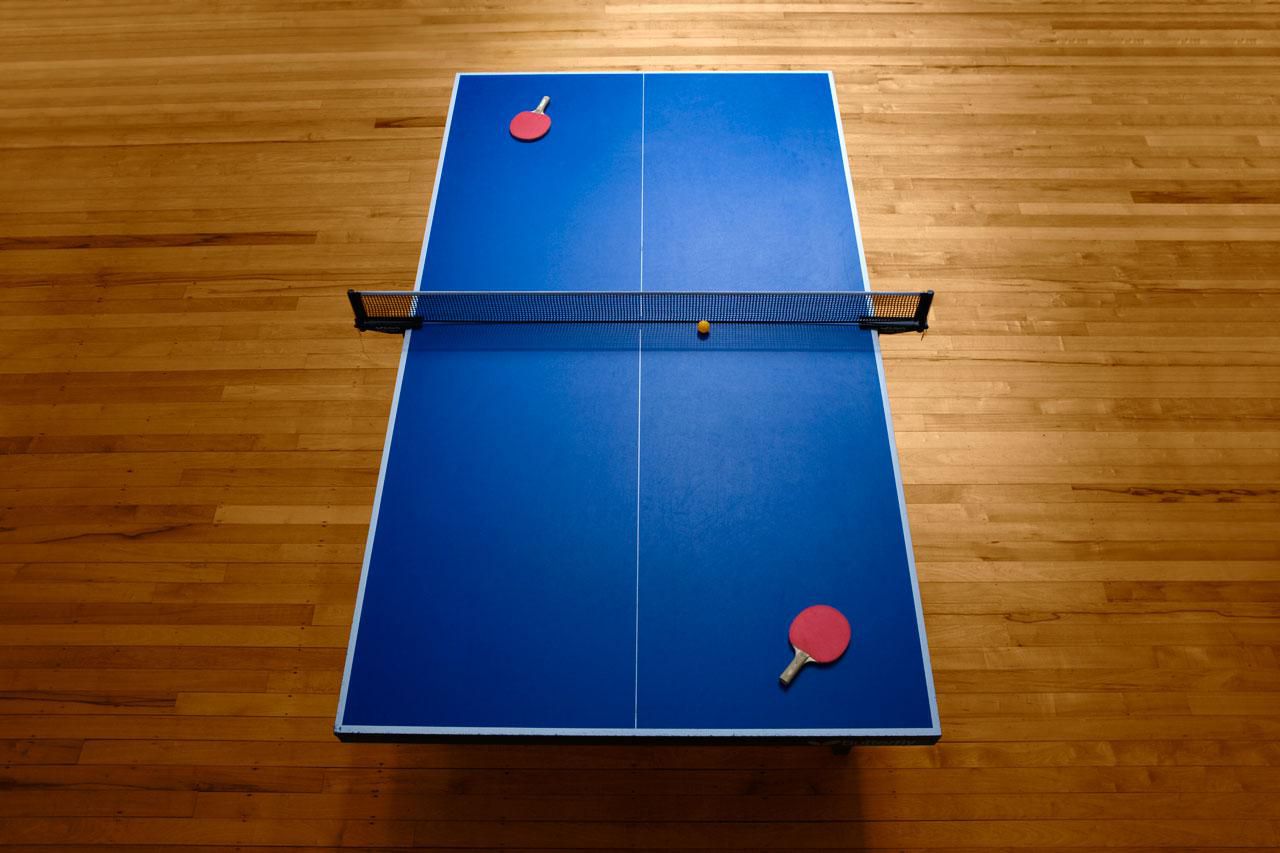
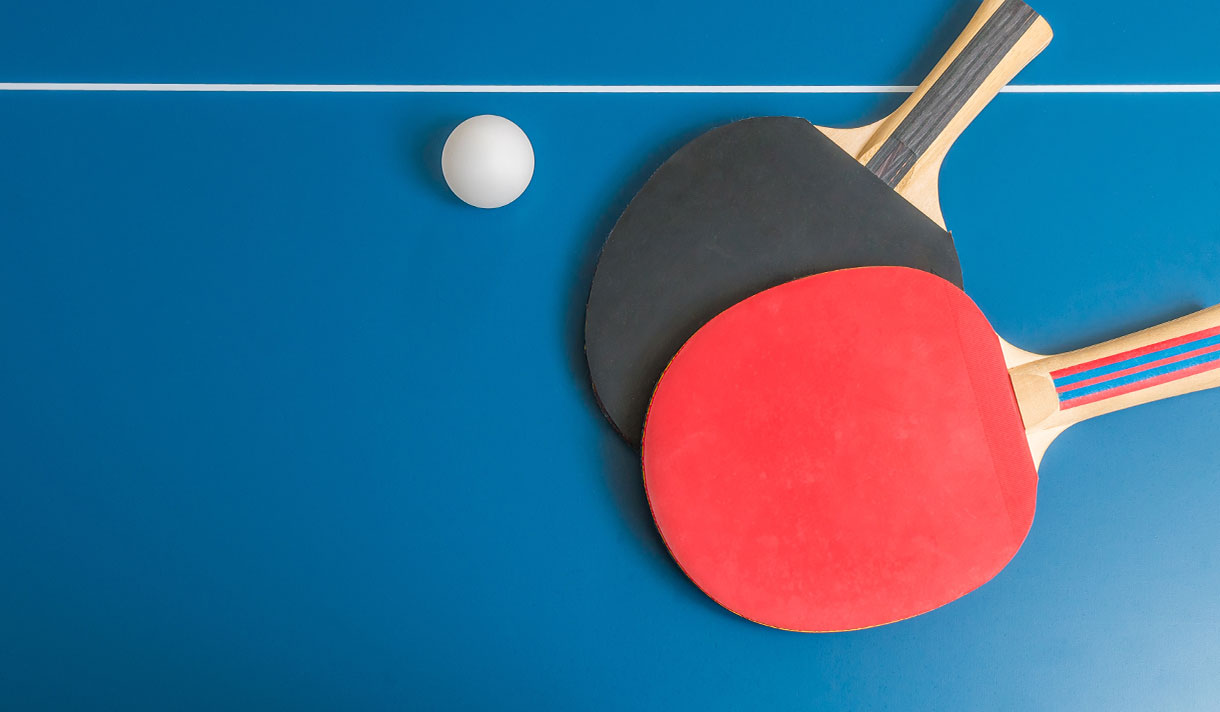
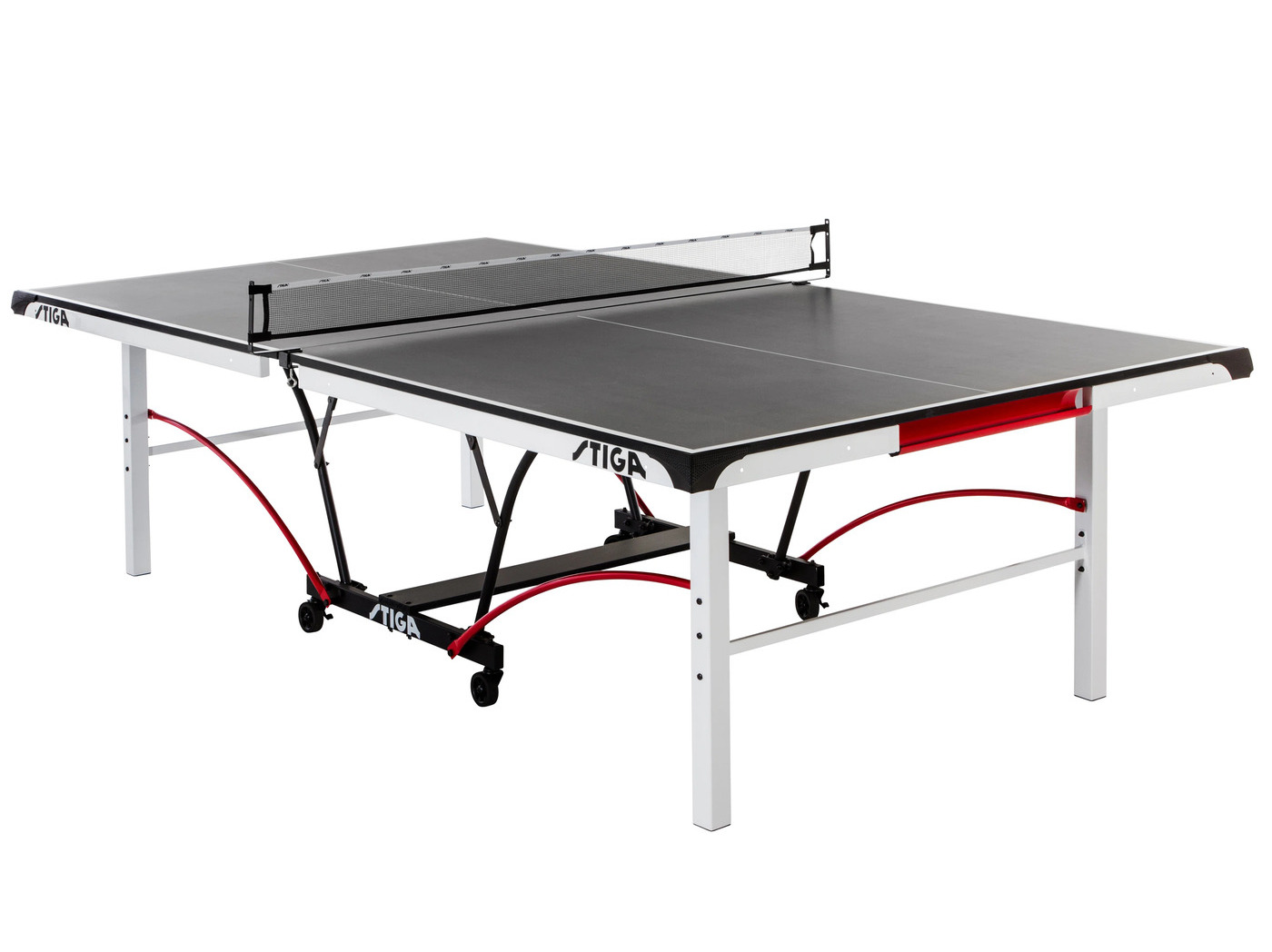
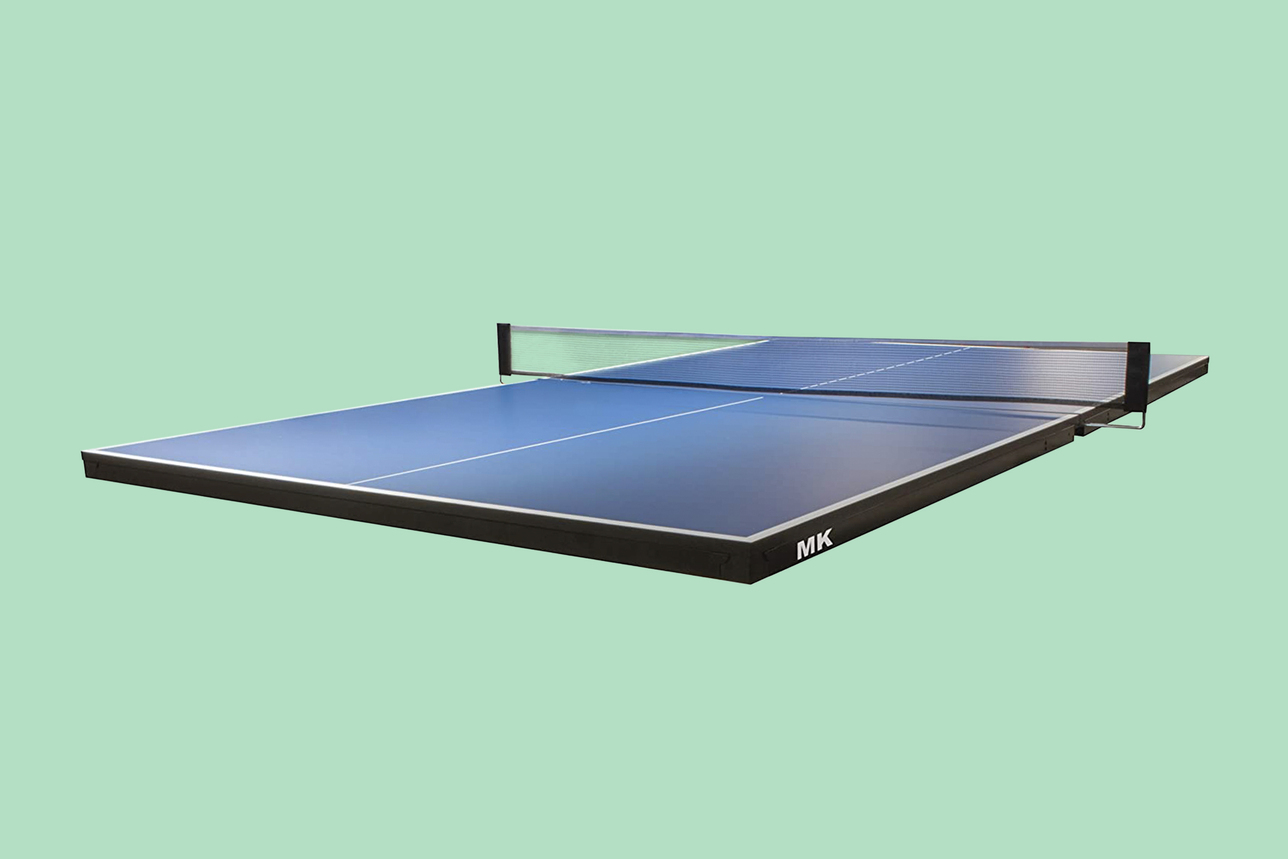
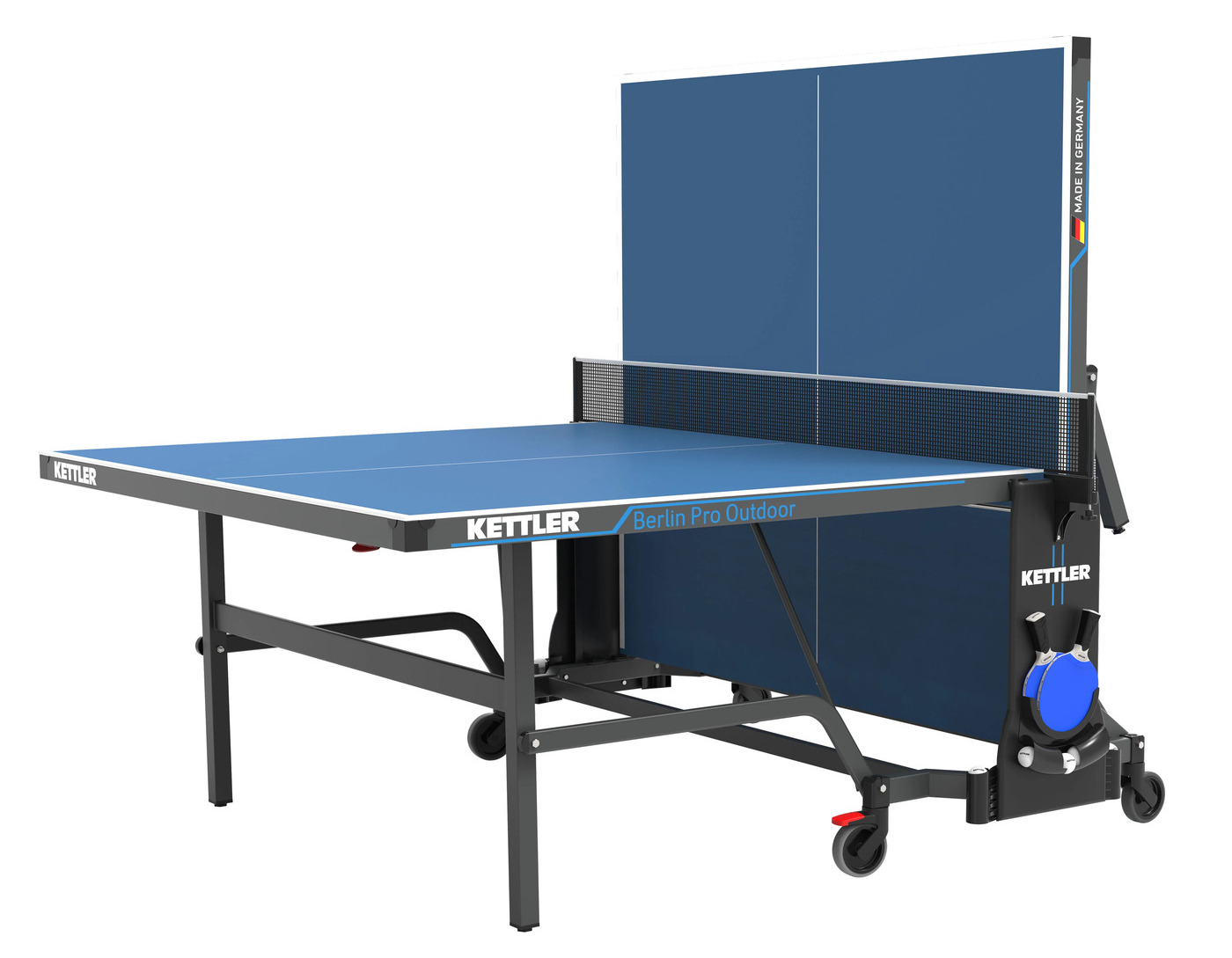
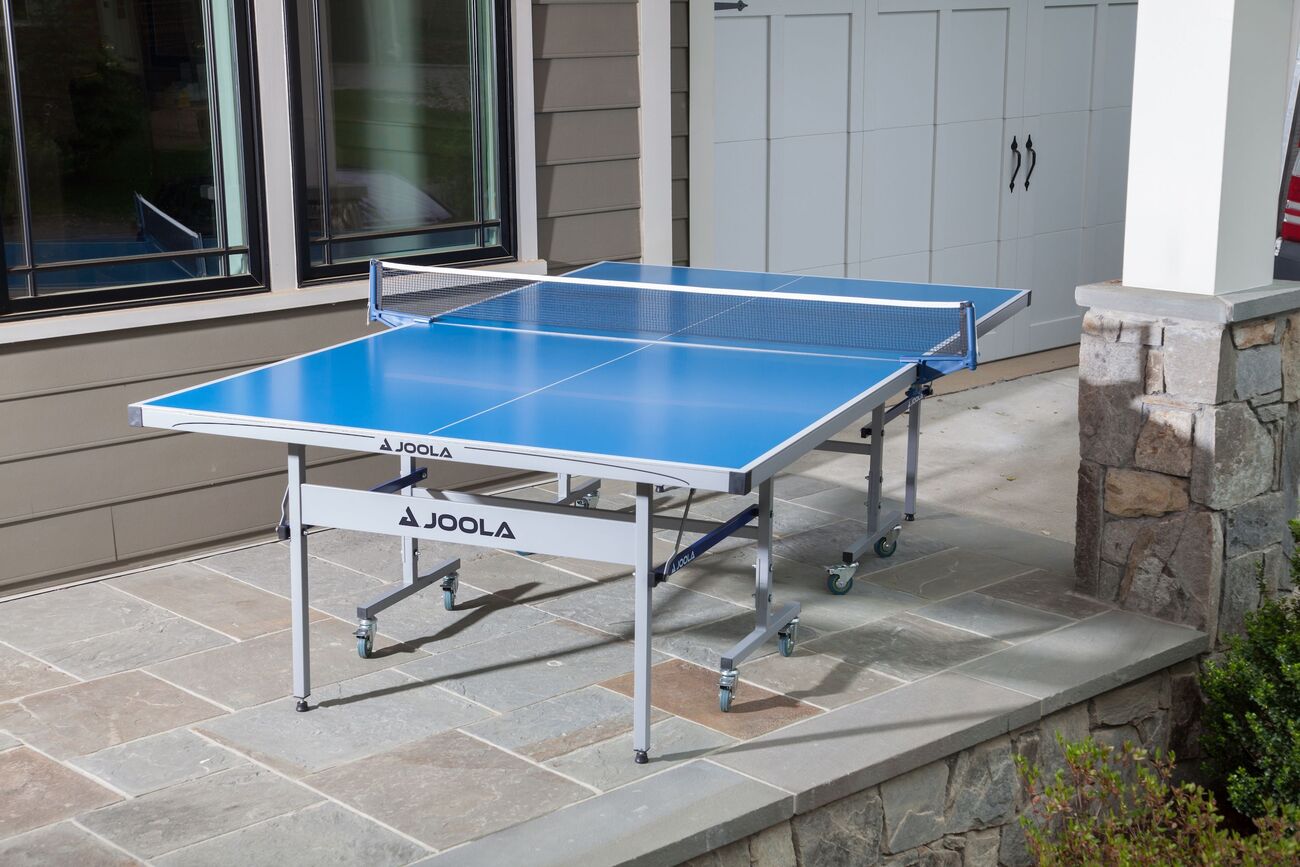
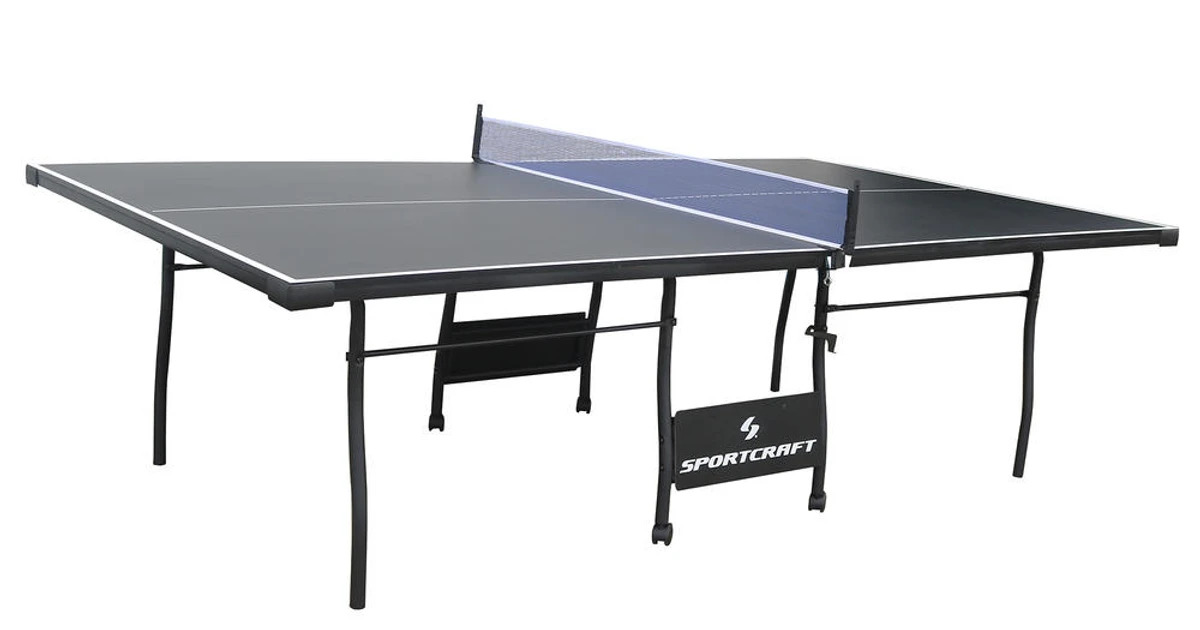
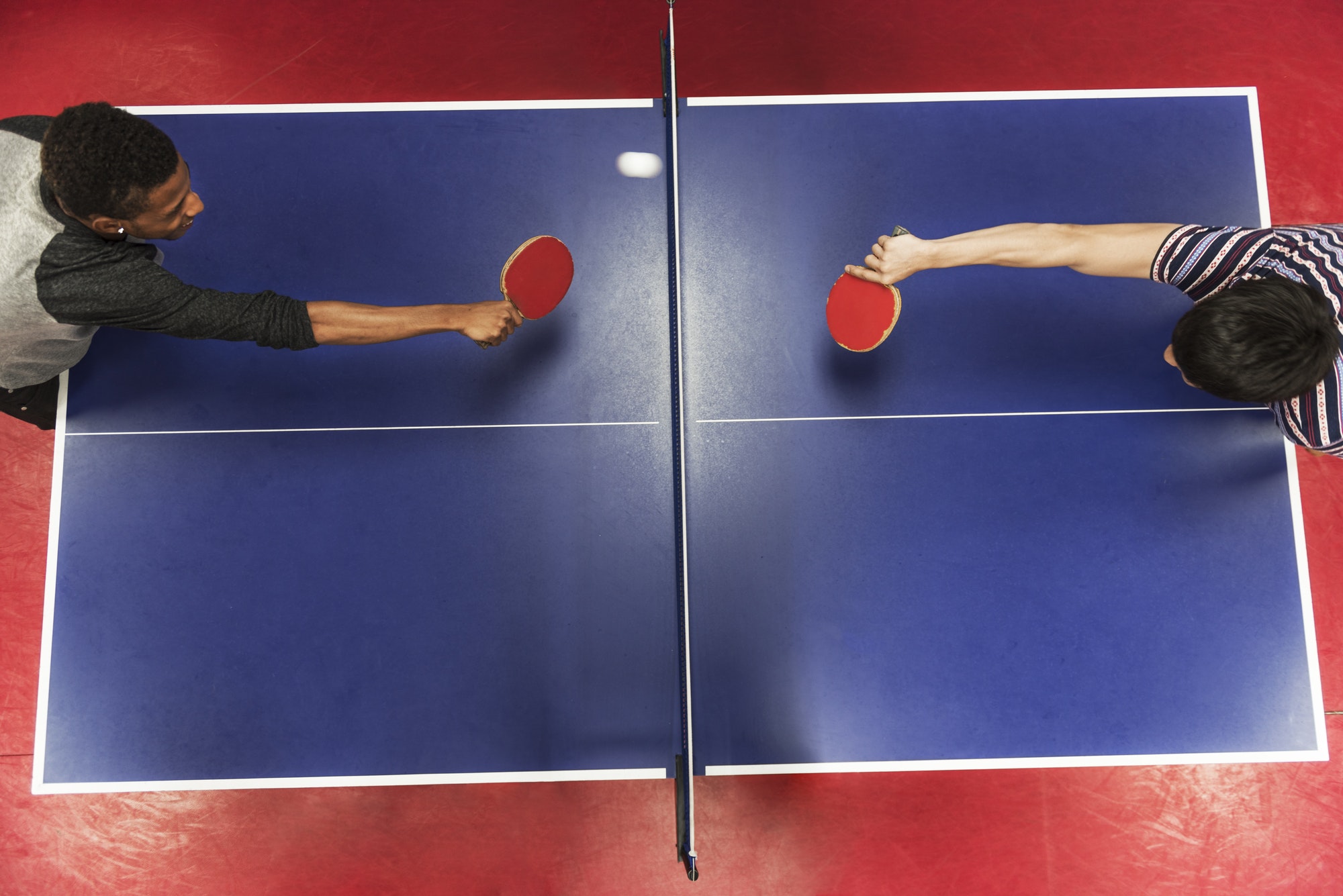
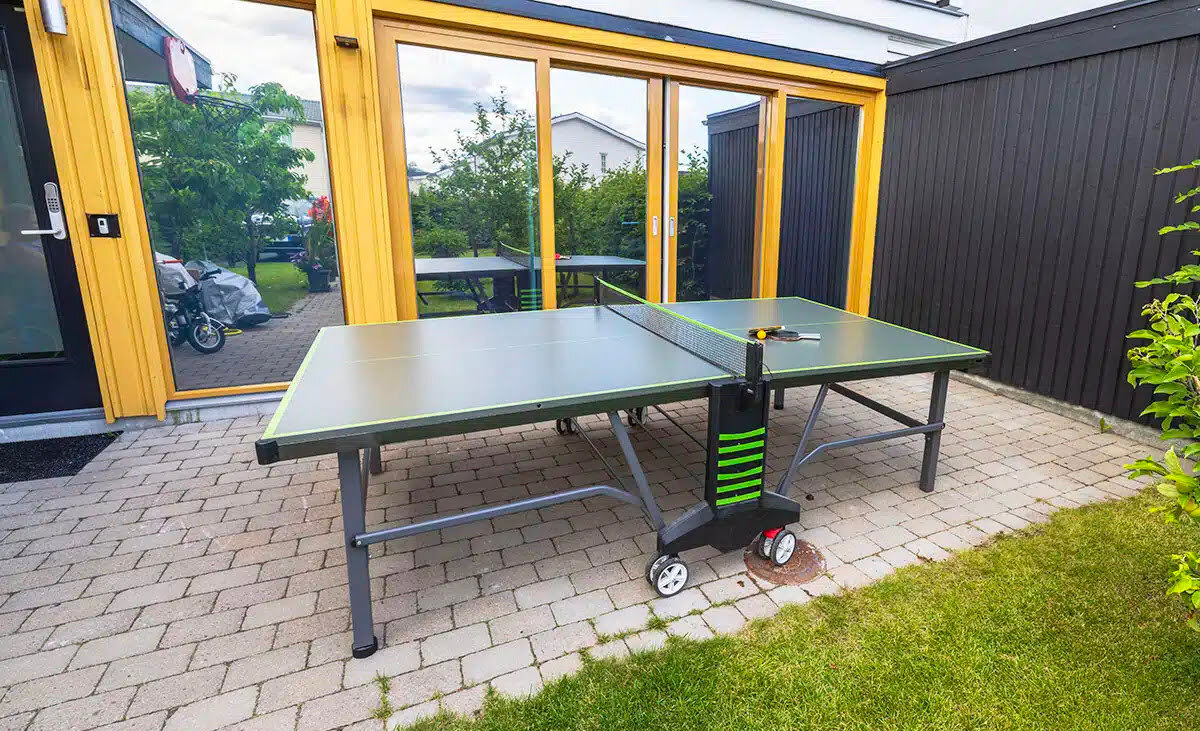
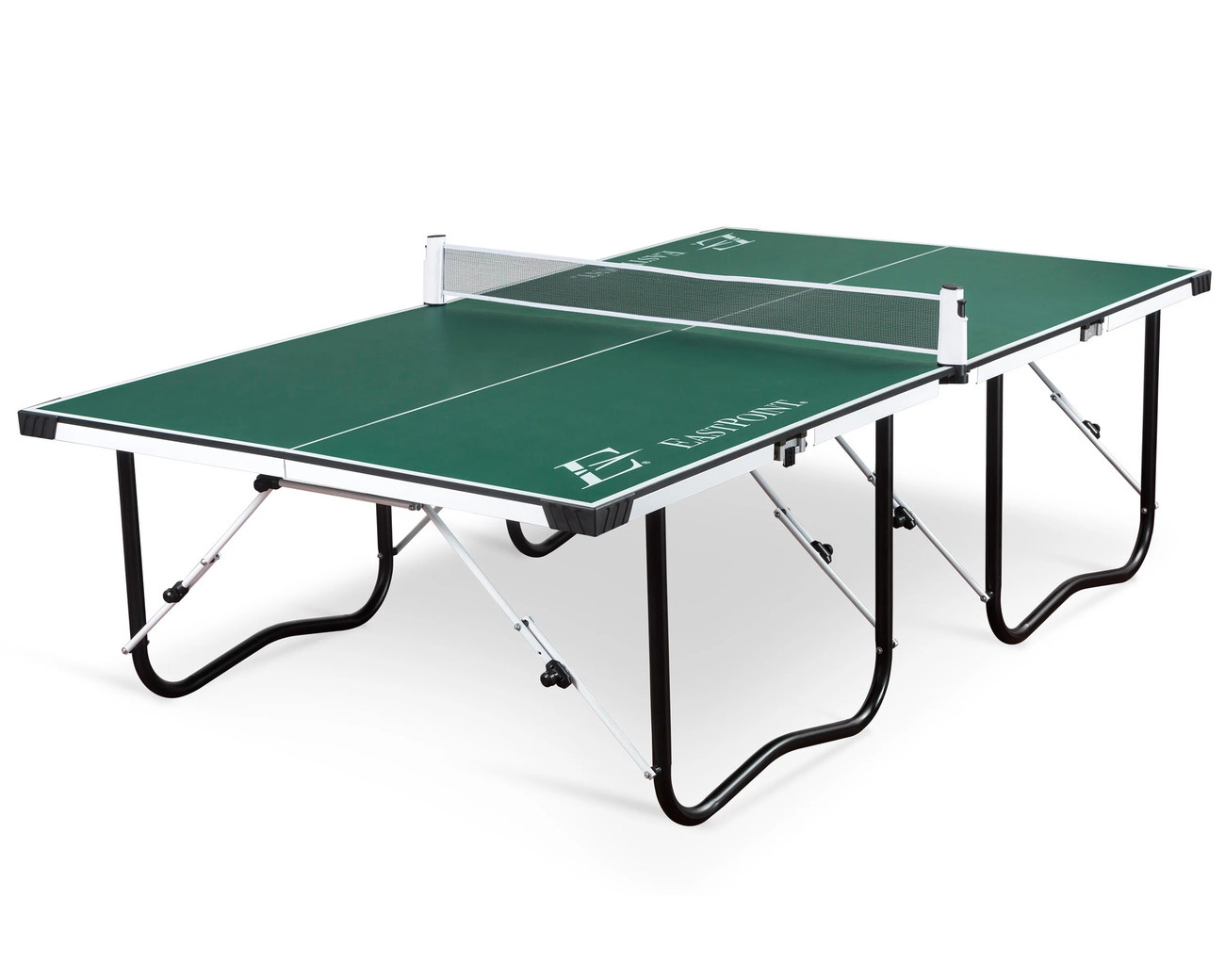
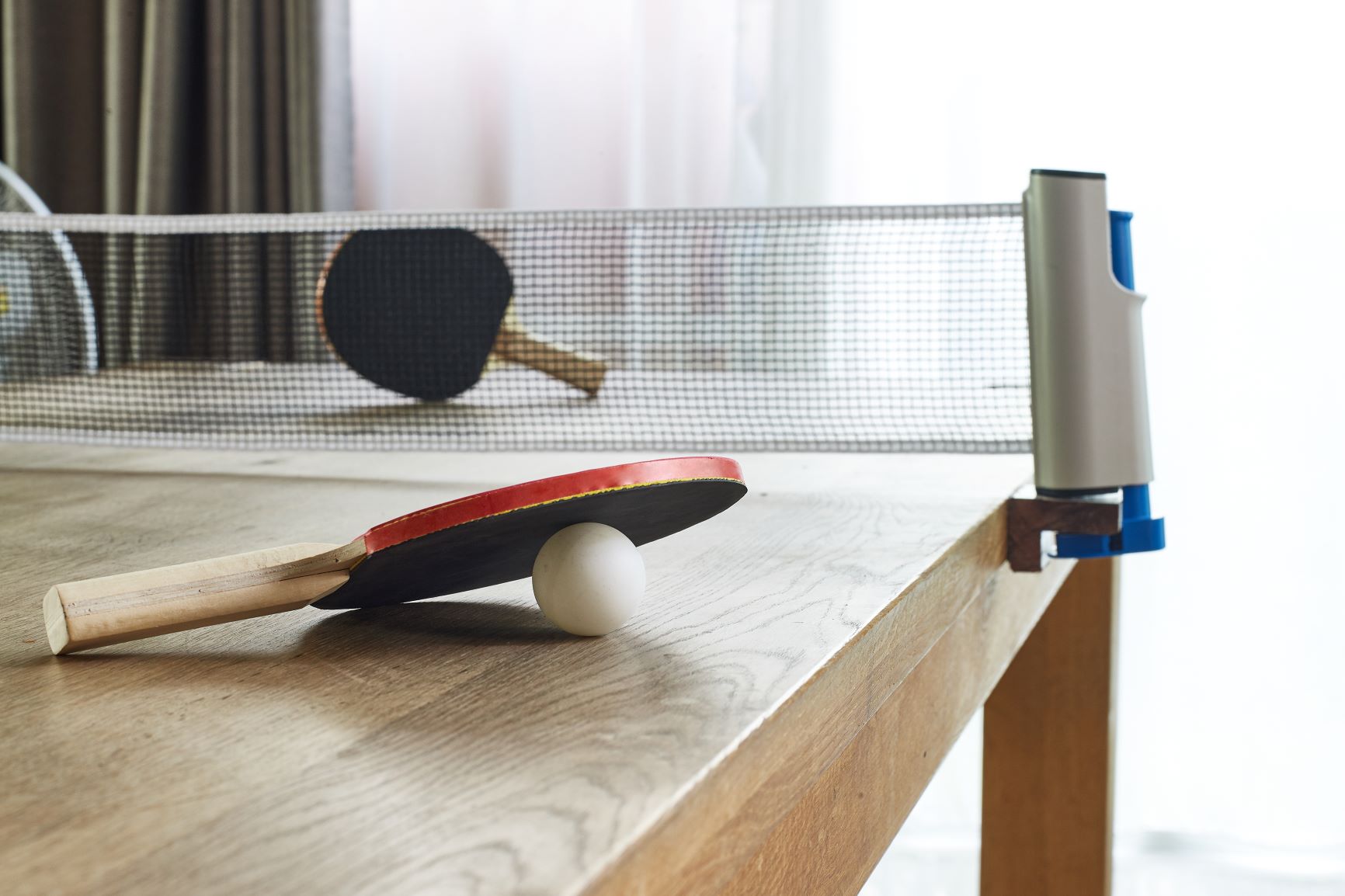
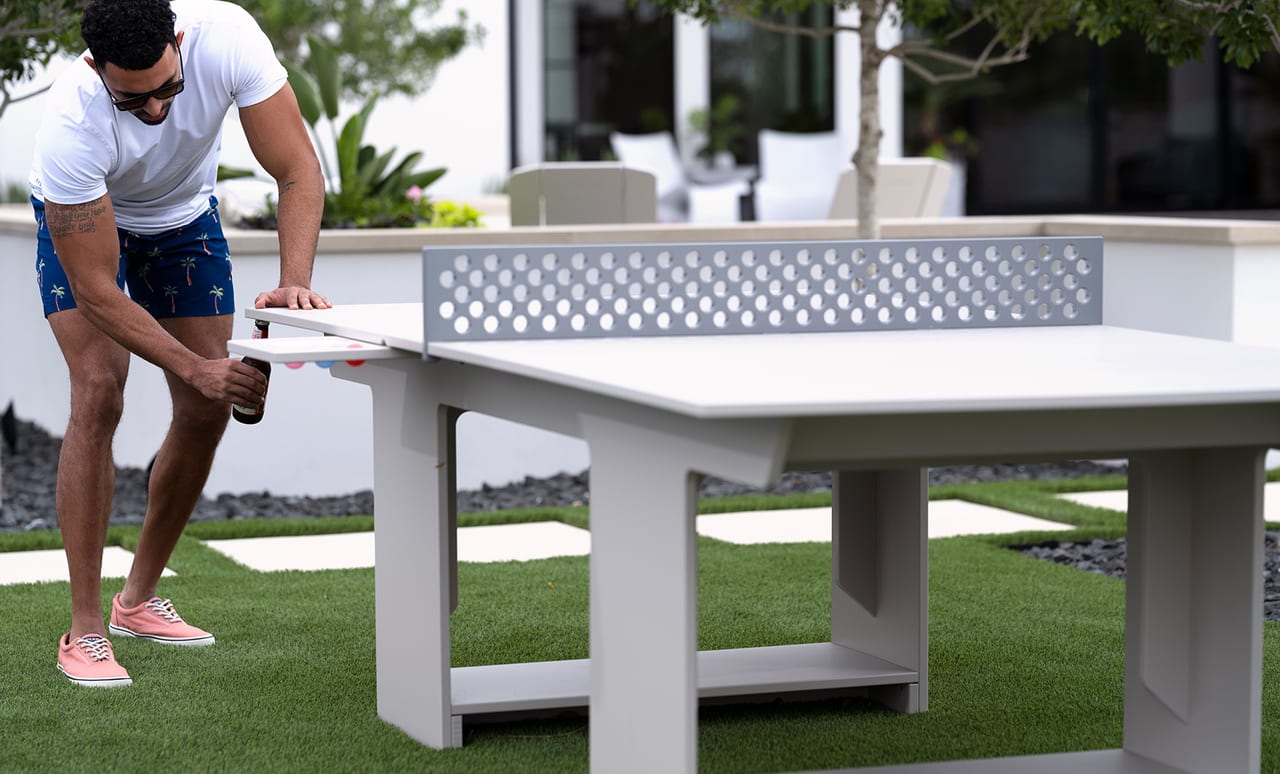
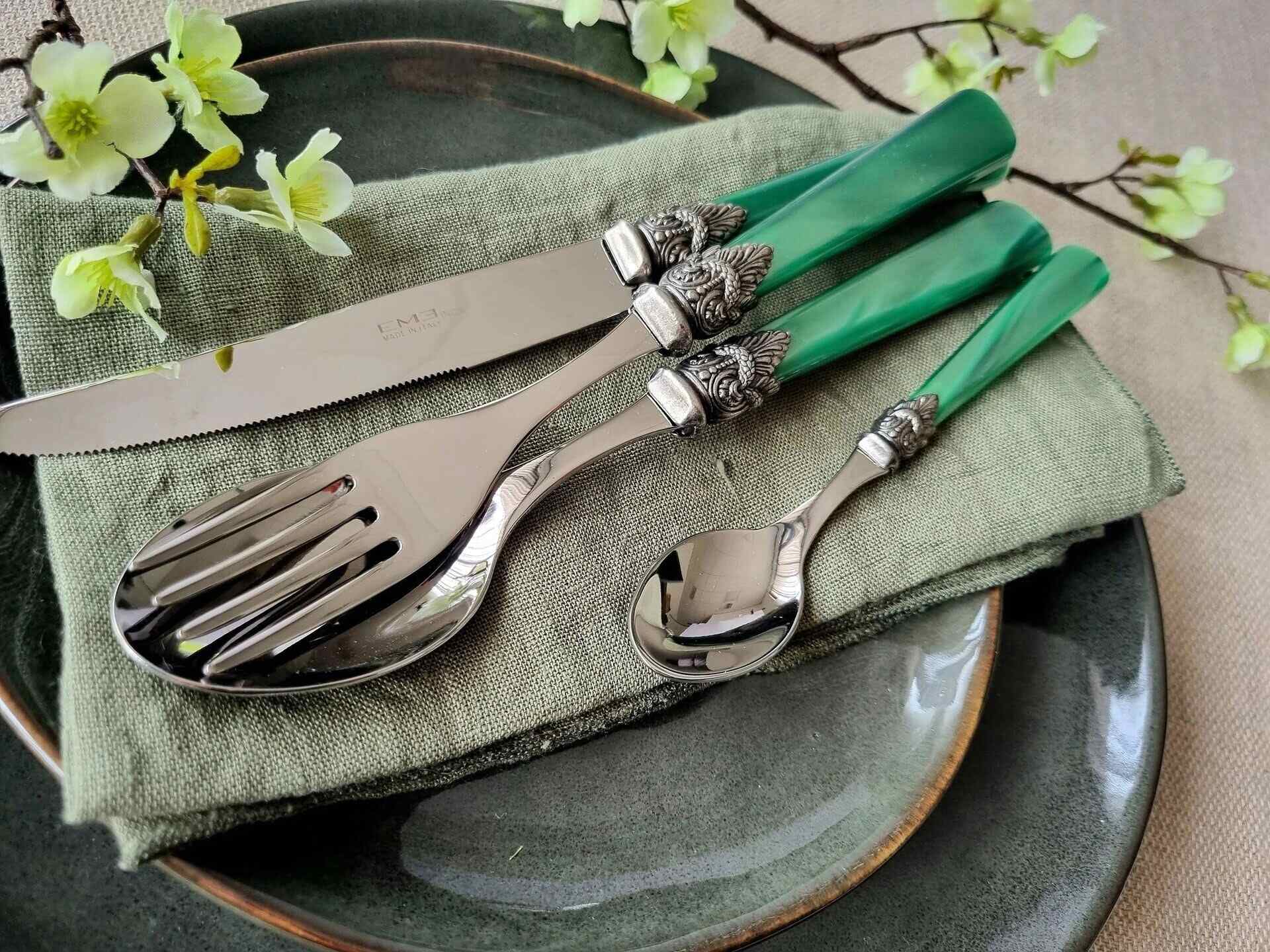
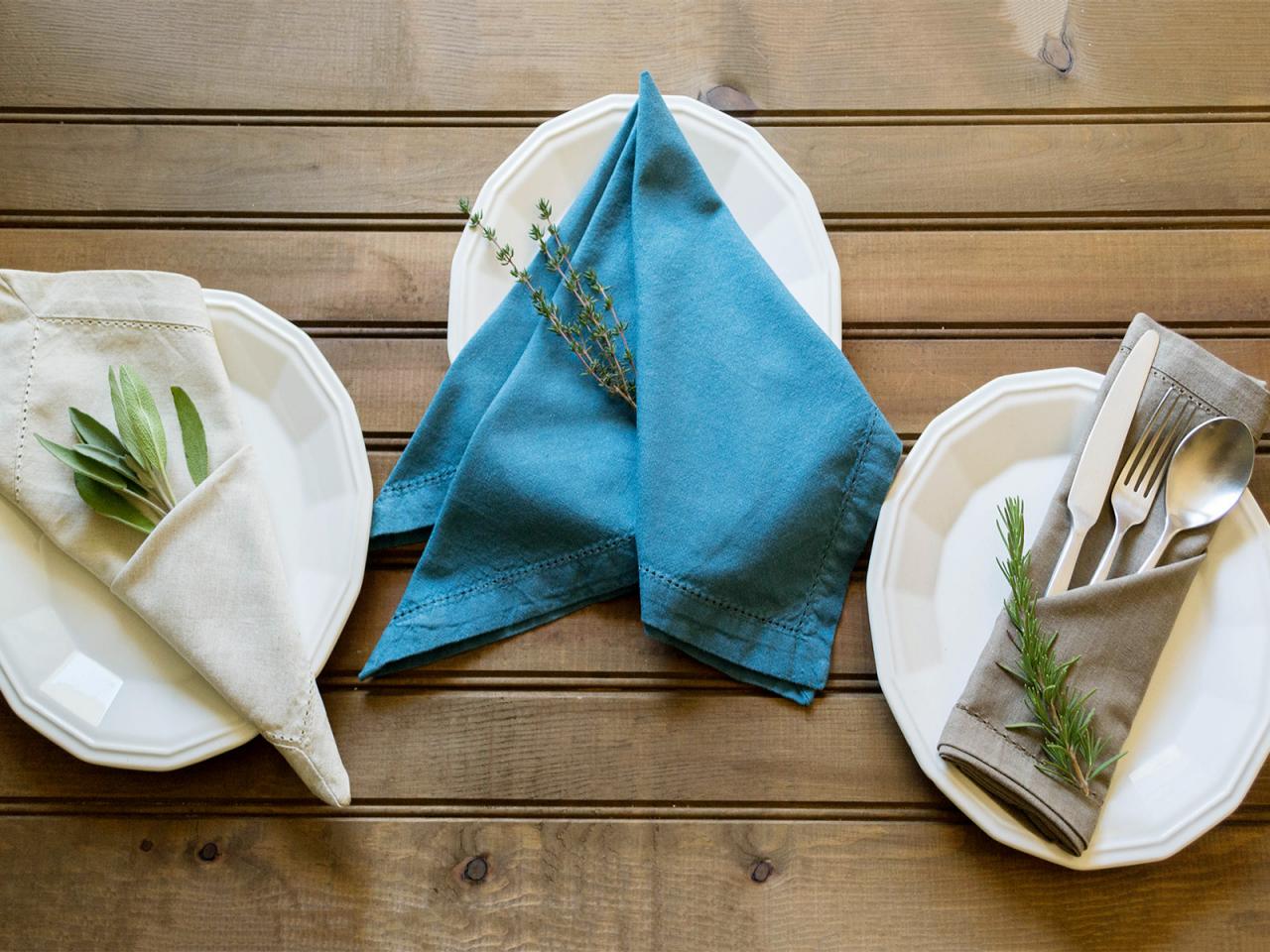

0 thoughts on “What Is A Ping Pong Table Made Of”